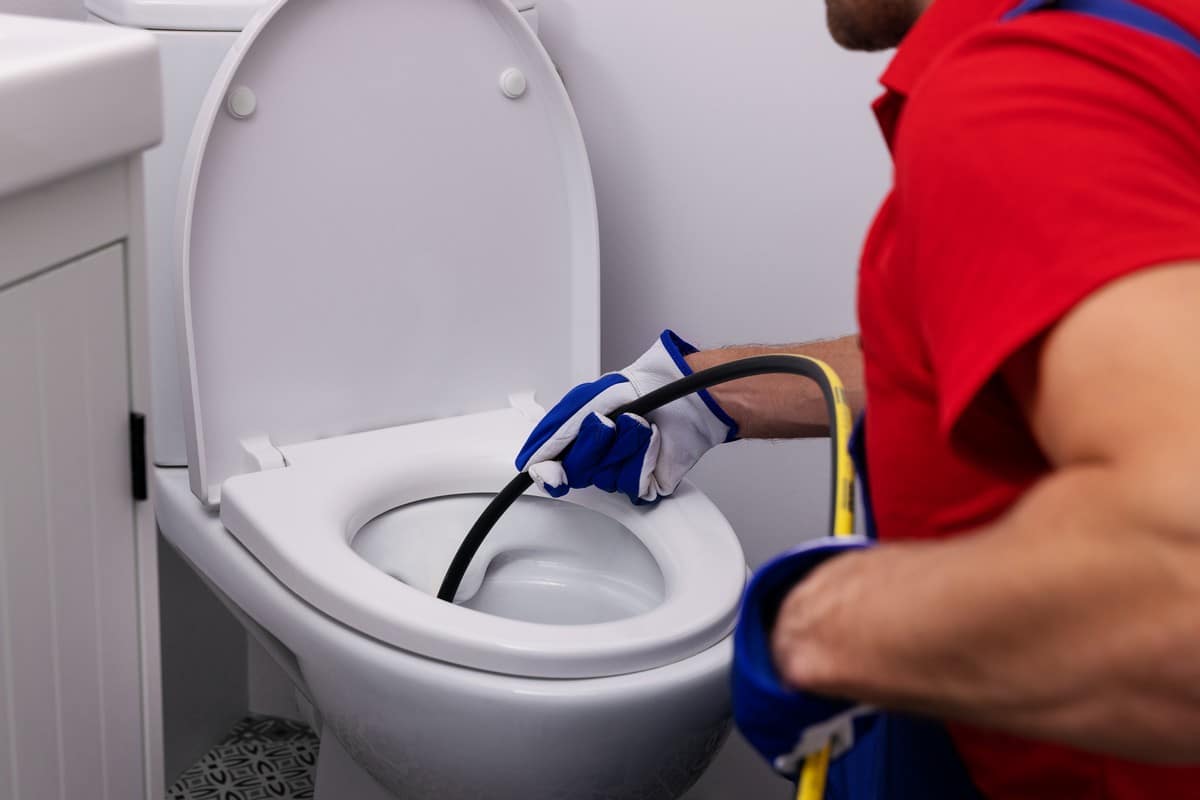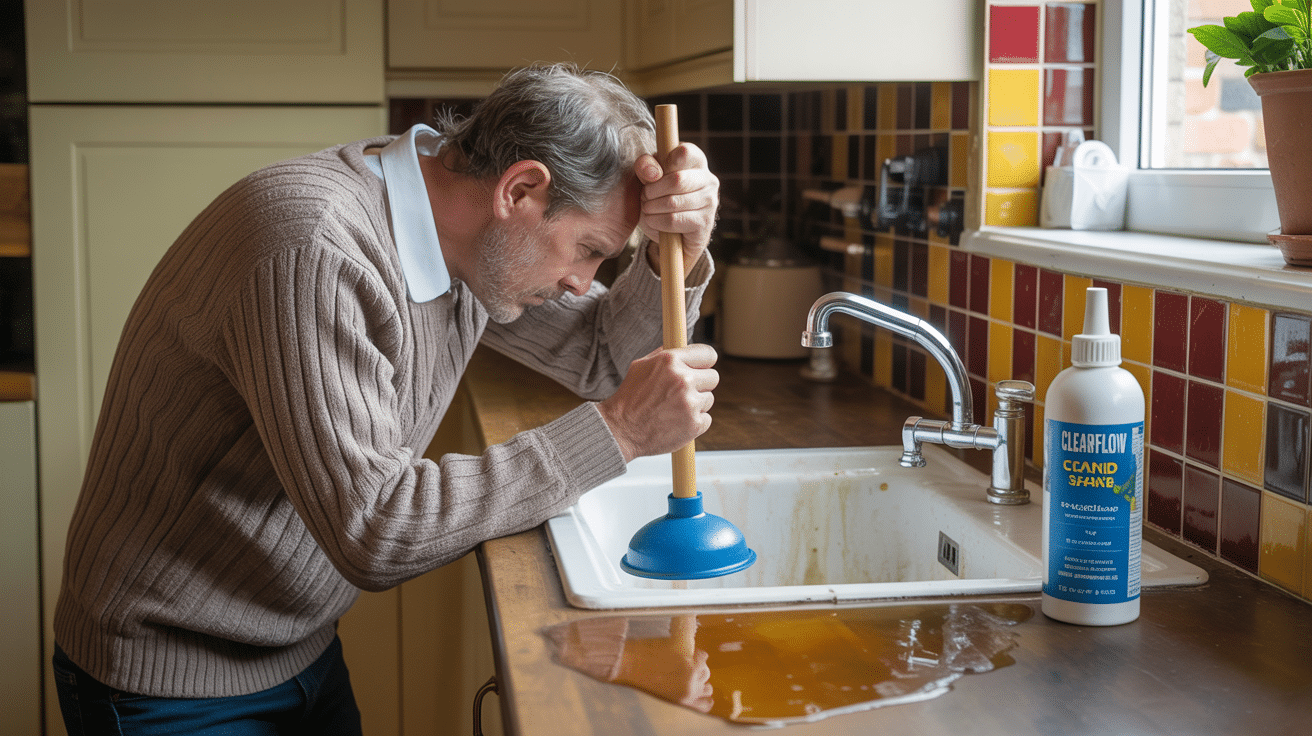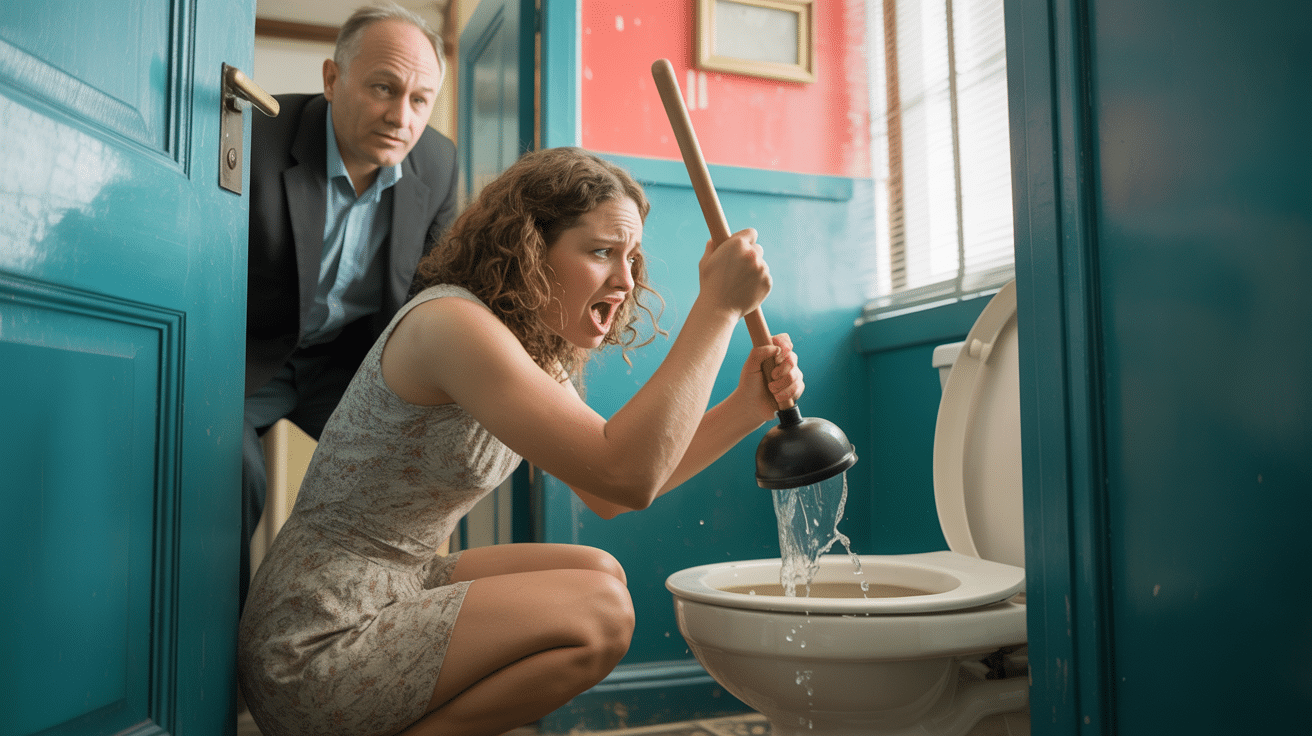 How To Unblock a Toilet
How To Unblock a Toilet

If you’ve ever had a toilet clog, you know how frustrating it can be. You may have tried plunging it, but the clog is just too stubborn. Or maybe you don’t have a plunger handy. Either way, you’re probably wondering how to unblock a toilet.
In this article, we’ll discuss the different types of toilet blockages and how to unblock a toilet with or without a plunger. We’ll also talk about why a toilet might keep blocking and how to prevent future clogs.
Different types of toilet blockages
Different types of toilet blockages
There are four main types of toilet blockages: fats, oils, grease, foreign objects, tree roots, and toilet paper.
Fats, oils, and grease: poured fats, oils, and grease cause these blockages going down the drain. Because they’re liquid at first, they seem like they’ll be no problem. But as they cool and harden, they can cling to the sides of your pipes and create a very stubborn clog.
Foreign objects: These blockages are caused by objects that are not meant to be flushed down the toilet, such as toys, diapers, and feminine hygiene products. Even if it’s something that can be flushed, like a cotton ball or swab, it’s best to just throw it in the trash. That way you won’t have to deal with a clogged toilet later.
Tree roots: tree roots cause these blockages growing into and clog the sewer line. If you have trees in your yard, be extra careful about what you flush so you don’t end up with a blocked sewer line.
Toilet paper: These blockages are caused by too much toilet paper being flushed at once. It’s best to flush only a few sheets at a time so that your toilet doesn’t get overwhelmed.
How to unblock a toilet with a plunger
To unblock a toilet with a plunger, start by wetting the plunger and placing it over the toilet’s drain hole. Pump the plunger up and down vigorously for 30 seconds, then flush the toilet. Repeat this process if necessary.
If the plunger doesn’t seem to be working, try using a different type of plunger. For example, if you’re using a cup plunger, try using a flange plunger instead. If you don’t have a plunger, you can try using a wire coat hanger or a plumber’s snake. If you still can’t unblock the toilet, you may need to call a plumber.
How to unblock a toilet without a plunger
If you have a small blockage in your toilet, you may be able to remove it with a wire hanger. To do this, start by removing any excess water from the toilet bowl with a cup.
Then, insert the wire hanger into the drain and try to hook the blockage and pull it out. If this doesn’t work, try using a plumber’s snake or an auger.
Insert the snake or auger into the drain and turn it clockwise until you feel resistance. This will help break up the blockage. If none of these methods work, you may need to call a professional for help.
Why does your toilet keep blocking?
There are a few different reasons that a toilet might keep blocking. The most common reason is that there is a blockage that is too severe for a plunger to unblock. If the toilet is still blocked after plunging, you may need to call a professional.
Another reason a toilet might keep blocking is that there are different types of blockages. A plunger may not be enough to unblock a toilet if the blockage is severe. If the toilet is still blocked after plunging, you may need to call a professional.
The last reason a toilet might keep blocking is that you are not flushing only human waste and toilet paper down the drain. Install a mesh screen or drain cover to catch hair and other objects. Pour a cup of baking soda followed by a cup of vinegar into the bowl once a month. Have your drains cleaned regularly by a professional Plumber?
How to prevent toilet clogs
Preventing toilet clogs is essential for keeping your bathroom clean and functional. There are a few different ways that you can prevent toilet clogs.
The first way is to only flush human waste and toilet paper down the drain. This may seem like a no-brainer, but many people try to flush other objects down the toilet, such as diapers, feminine hygiene products, and toys. These items should never be flushed, as they will cause a blockage.
Another way to prevent toilet clogs is to install a mesh screen or drain cover. These devices will catch hair and other small objects before they have a chance to clog the drain. If you already have a drain cover, make sure that it is clean and free of debris.
You can also prevent toilet clogs by pouring a cup of baking soda into the bowl once a month. This will help break down any buildup in the pipes and keep the drains clear. You should also have your drains cleaned regularly by a professional. This will remove any build-up in the pipes and keep your drains flowing freely.



